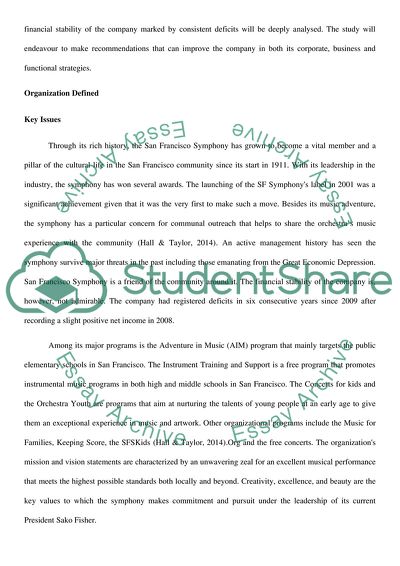Cite this document
(“Case analysis Study Example | Topics and Well Written Essays - 1500 words - 2”, n.d.)
Retrieved from https://studentshare.org/marketing/1697384-case-analysis
Retrieved from https://studentshare.org/marketing/1697384-case-analysis
(Case Analysis Study Example | Topics and Well Written Essays - 1500 Words - 2)
https://studentshare.org/marketing/1697384-case-analysis.
https://studentshare.org/marketing/1697384-case-analysis.
“Case Analysis Study Example | Topics and Well Written Essays - 1500 Words - 2”, n.d. https://studentshare.org/marketing/1697384-case-analysis.


